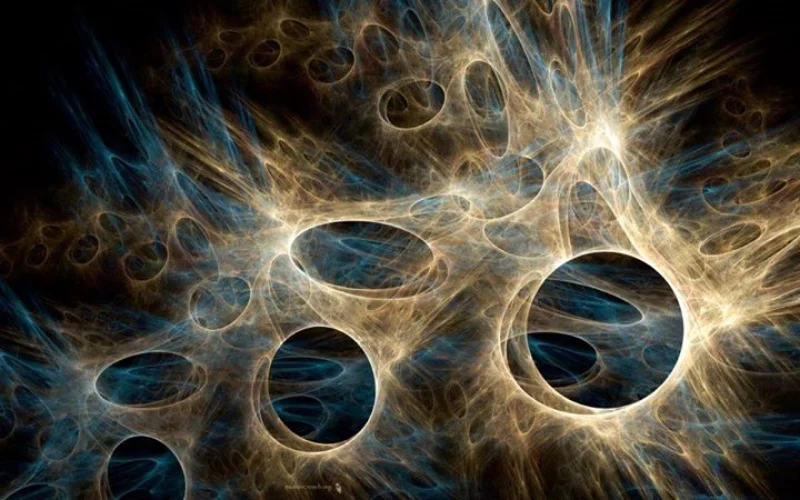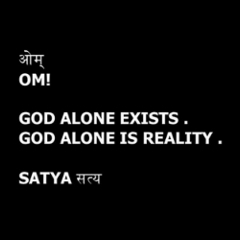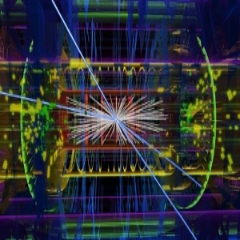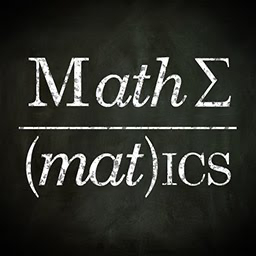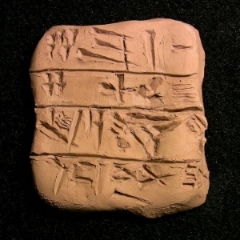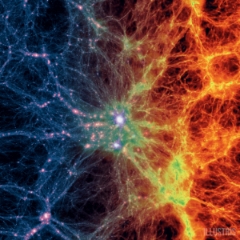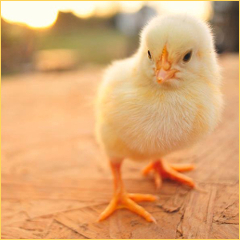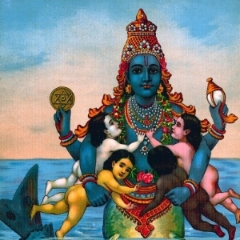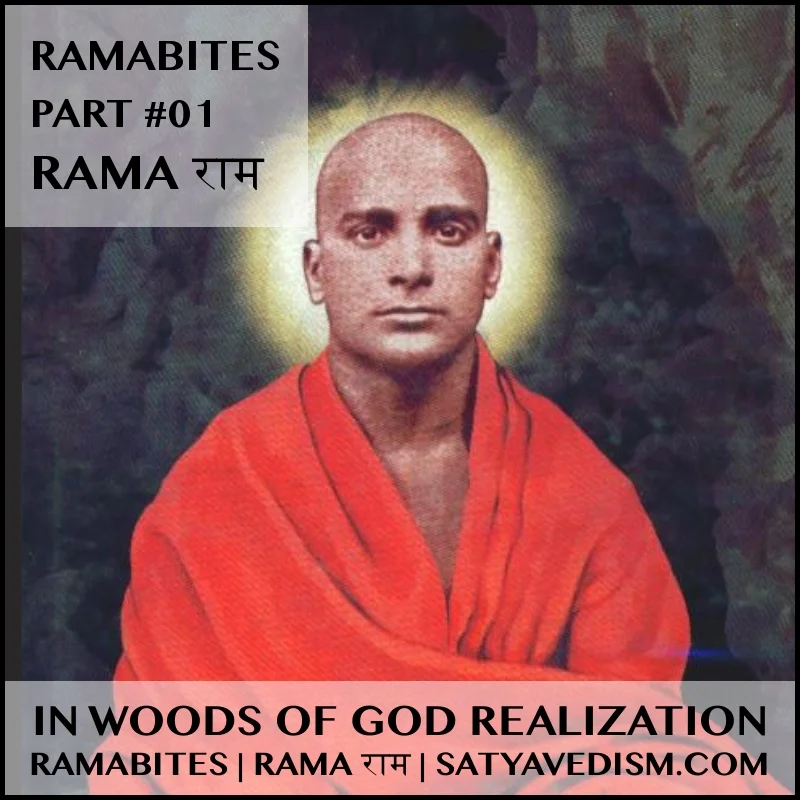BRHADARANYAKA UPANISAD | 3.4.1 | AMOETD
| | homeBRHADARANYAKA UPANISAD | 3.4.1 | SRI SANKARACARYA
atha hainam usastas cakrayanah papraccha : yajnavalkya , iti hovaca , yat saksad aparoksad brahma , ya atma sarvantarah , tam me vyacaksveti . esa ta atma sarvantarah . katamah yajnavalkya , sarvantarah . yah pranena praniti , sa ta atma sarvantarah , yo'panenapaniti sa ta atma sarvantarah , yo vyanena vyaniti sa ta atma sarvantarah ; ya udanena udaniti , sa ta atma sarvantarah , esa ta atma sarvantarah . || 3.4.1 ||
1 . Then Usasta , the offspring of Cakra , asked : " Yajnavalkya , explain to me the Brahman that is immediate and direct — the self that is within all . " " This is your self that is within all " . " Which is within all , Yajnavalkya ? " " That which breathes through the Prana is your self that is within all . That which moves downwards through the Apana is your self that is within all . That which pervades through the Vyana is your self that is within all . That which goes out through the Udana is your self that is within all . This is your self that is within all . "
|| BHASYA || : Then Usasta , the offspring of Cakra , asked Yajnavalkya , who has already been introduced . The Brahman that is immediate , not obstructed from the seer or subject by anything , and direct , not used in a figurative sense , like the ear and so forth , which are considered to be Brahman . What is that ? The self that is within all . The word ' self ' refers to the inner ( individual ) self , that being the accepted meaning of the term . The words ' Yat ' and ' Yah ' indicate that the self familiar to all is identical with Brahman . Explain that self to me , speak about it clearly , as one shows a cow by talking hold of its horns , as much as to say , " This is it . "
Thus addressed , Yajnavalkya replied , " This is your self that is within all . " The qualification " that is within all " is suggestive of all qualifications whatsoever . That which is ' immediate ' or unobstructed , and ' direct ' or used in its primary sense , and which is ' Brahman ' or the vastness , the self of all and within all — all these specifications refer to the self . " What is that ? " , " This self of yours ?—that by which your body and organs are ensouled is your self , i .e . the self of the body and organs . " " There is first the body ; within it is the subtle body consisting of the organs ; and the third is that whose existence is being doubted . Which of these do you mean as my self that is within all ? "
Thus spoken to , Yajnavalka said , " That which breathes ( lit . does the function of the Prana ) through the Prana , which operates in the mouth and nose , in other words , " which makes the Prana breathe " ( Ke . I . 9 ) , is your self , ie the individual self of the body and organs . " The rest is similar in meaning .
That which moves downwards through the Apana , which pervades through the Vyana — the long ' i ' in the two verbs in this clause is a Vedic license — by which the body and organs are made to breathe and do other functions , like a wooden puppet . Unless they are operated by an intelligent principle , they cannot do any function such as breathing , as is the case with the wooden puppet .
Therefore it is on account of being operated by the individual self , which is distinct from them , that they breathe and do other functions , as does the puppet .
Hence that principle distinct from the body and organs exists which makes them function .
|| UPADESA SAHASRI : A METHOD OF ENLIGHTENING THE DISCIPLE || I.I.6 || COMPLETE AMOETD SERIES ➤➤ | INTRODUCTION ➤➤ ||
|| THIS SCRIPTURE SERIES SOURCE || ➤
|| 1 || http://www.SATYAVEDISM.com ||
|| 2 || http://bit.ly/SRIADISHANKARA ||
http://www.SATYAVEDISM.com/shankara/amoetd/
SOURCE | SATYAVEDISM.ORG

